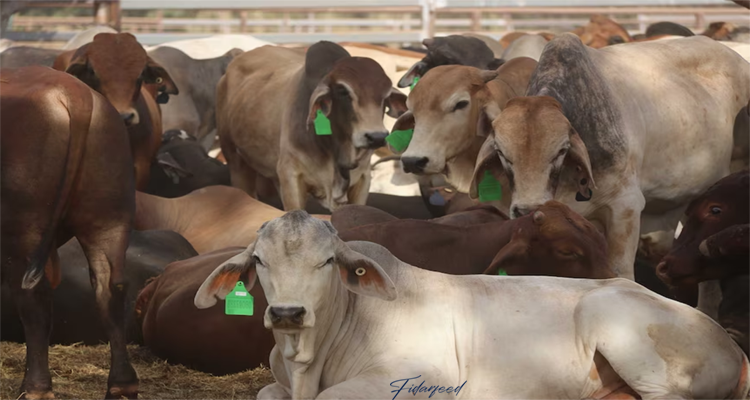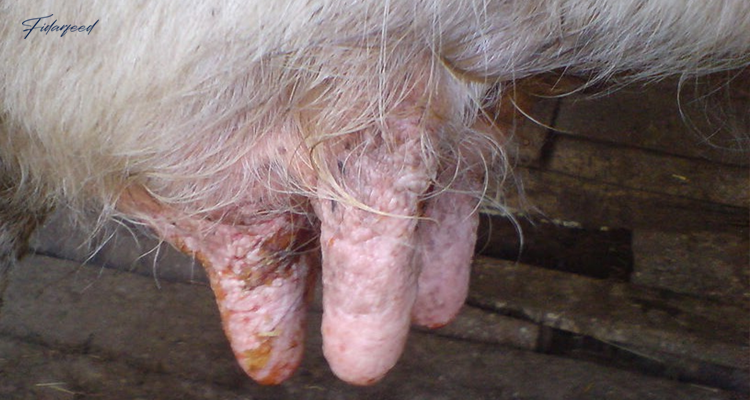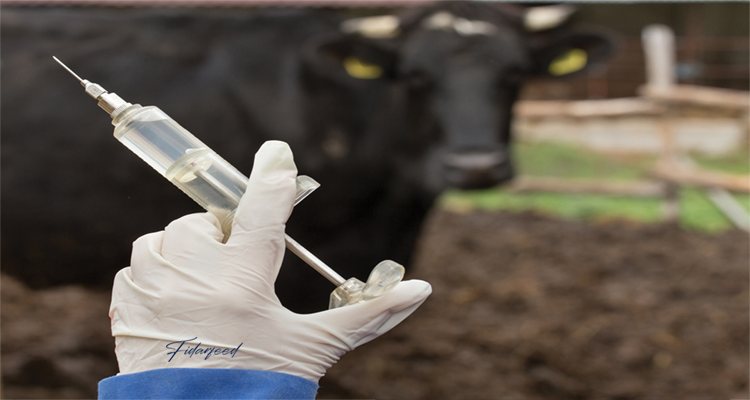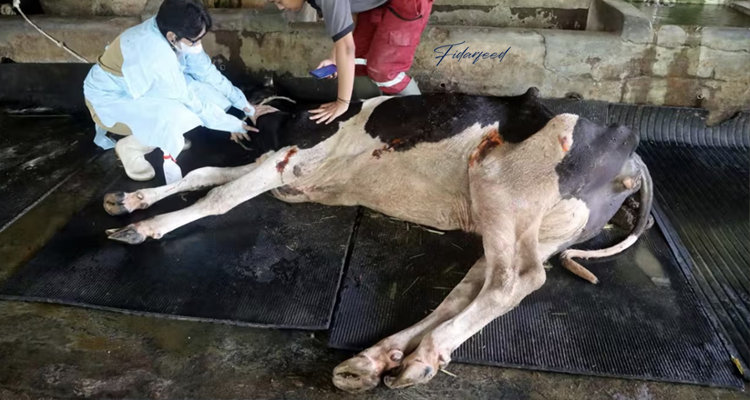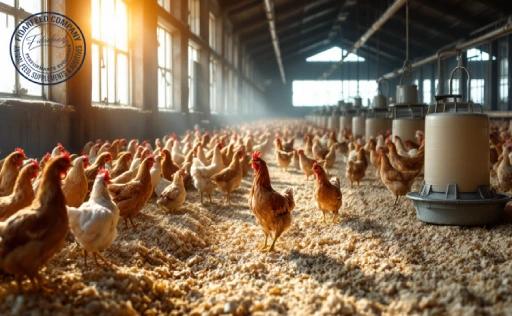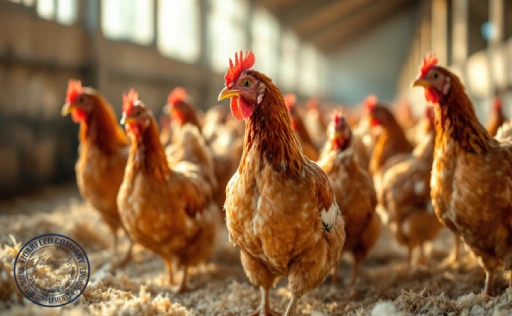Foot and Mouth Disease in Cattle is one of the most contagious and economically damaging viral diseases that cattle breeders face. Its rapid spread, severe symptoms, and long-lasting consequences make it a critical issue for farmers—whether managing a small family farm or a large commercial operation. Understanding how to recognize, treat, and prevent this disease is key to protecting your herd and livelihood. In this article, we’ll walk you through the most practical, effective, and science-backed strategies for managing Foot and Mouth Disease (FMD) in cattle. Whether you’re new to cattle farming or have decades of experience, this guide will provide actionable insights to help you stay ahead of outbreaks and safeguard your animals.
Understanding Foot and Mouth Disease in Cattle: What Every Farmer Needs to Know
Foot and Mouth Disease (FMD) is caused by a virus that affects cloven-hoofed animals, including cattle, sheep, goats, and pigs. It spreads quickly through direct contact with infected animals, contaminated feed, water, tools, or even airborne particles under specific conditions. The disease attacks the mouth, feet, and sometimes teats of infected animals, causing painful sores, fever, and lameness.
Learn more about: Product
Why should this matter to you as a farmer? Because even a single case can shut down your entire operation. According to veterinary research, farms affected by FMD can experience herd-wide transmission in as little as 24–48 hours if not managed properly.
Common Symptoms of Foot and Mouth Disease in Cattle You Shouldn’t Ignore
Early detection can prevent disaster. The symptoms of FMD are often dramatic and hard to miss once they appear. Key warning signs include:
-
High fever, often the first symptom
-
Blisters or sores on the tongue, mouth lining, gums, and between the hooves
-
Drooling and difficulty eating
-
Sudden lameness or reluctance to move
-
Loss of appetite and decreased milk production
-
Restlessness and depression in behavior
Learn more about: How to Treat BRD in Calves: Effective Strategies to Combat Bovine Respiratory Disease
In young calves, FMD can even lead to sudden death due to heart inflammation, so close monitoring is essential—especially during outbreak seasons.
How Foot and Mouth Disease Affects Farm Productivity and Animal Health
The impact of FMD extends beyond the sick animals. Affected cattle often suffer long-term damage to their hooves and teats, reducing their mobility and productivity. Milk yield can drop by up to 50%, and weight gain slows or stops entirely. Even after recovery, animals may never return to full productivity.
Learn more about: How to Treat Bovine Respiratory Disease: A Complete Guide for Cattle Farmers
Economically, FMD can wipe out months—or years—of effort in a matter of weeks. Costs include not only veterinary treatment but also production losses, quarantine measures, and potential regulatory penalties. For farmers operating on tight margins, this kind of disruption can be devastating.
How Foot and Mouth Disease Spreads Among Cattle and What Triggers Outbreaks
FMD spreads primarily through contact with infected animals or contaminated surfaces. But the virus is incredibly resilient—it can survive in soil, hay, or manure for days. It’s also airborne under the right humidity and temperature, especially in enclosed areas.
Outbreaks are often triggered by:
-
Introducing new cattle without quarantine
-
Poor sanitation of equipment and tools
-
Shared feed and water sources
-
High animal density in confined spaces
Understanding these risks helps you anticipate and block the most common pathways of infection.
Effective Treatment Strategies for Foot and Mouth Disease in Cattle
Currently, there is no antiviral cure for FMD. However, supportive care can significantly reduce suffering and improve recovery rates. Here’s what most veterinarians recommend:
-
Isolate infected animals immediately
-
Provide soft, palatable feed (avoid coarse or abrasive food)
-
Keep water easily accessible and clean
-
Disinfect affected areas using approved solutions
-
Administer pain relief and anti-inflammatory medications as prescribed
Learn more about: Physical Stress in Cattle: Causes, Effects, and Prevention Strategies
With proper supportive treatment, most adult cattle recover within 10–14 days, but isolation should continue longer to prevent spreading.
Natural and Supportive Remedies to Help Your Cattle Recover Faster
In addition to veterinary care, you can boost your animals’ immune response through nutrition. Feed additives rich in vitamins A, D, and E, as well as zinc and selenium, have been shown to improve recovery.
Hydration is critical. Consider adding electrolytes to drinking water, especially in hot weather or for animals showing signs of dehydration.
Keep stress levels low by minimizing handling and ensuring a calm environment—stress can delay healing and lower immune function.
Biosecurity Measures to Prevent Future Foot and Mouth Disease Outbreaks
Biosecurity is your farm’s first line of defense. Even if there’s no outbreak, implementing strong preventive measures is a wise investment. These include:
-
Setting up disinfection points at farm entrances
-
Using dedicated tools and clothing in different zones
-
Isolating new animals for at least 14 days
-
Restricting unnecessary visitor access
-
Cleaning and disinfecting water troughs and feed bins weekly
Learn more about: Bulk Cattle Feed Prices: A Guide to Affordable Buying
By controlling what enters and exits your farm, you reduce the chances of exposure and increase herd safety.
When to Call the Vet: Critical Timing for Diagnosis and Treatment
Delaying a diagnosis can allow the virus to spread. Call your veterinarian as soon as you suspect FMD, especially if multiple animals show signs at once.
Your vet will perform lab testing to confirm the disease and may also notify relevant authorities if required by regulation. Early veterinary involvement helps control spread, manage symptoms more effectively, and reduce financial losses.
How to Safely Isolate Infected Cattle Without Stressing the Herd
Isolation doesn’t have to mean chaos. Move affected cattle to a calm, clean, and comfortable space—ideally a well-ventilated pen away from the main herd.
Learn more about: Q Fever in Cattle: Impacts, Symptoms, and Treatment Methods
Ensure they can still see other animals to prevent loneliness and stress, but avoid nose-to-nose contact. Use separate feed and water containers, and disinfect all equipment after every use. Once symptoms have fully resolved, consult your vet before reintroducing the animal.
Vaccination and Long-Term Prevention of Foot and Mouth Disease in Cattle
Vaccination is one of the most effective tools in managing FMD. However, its use should follow veterinary guidance and national health regulations.
Depending on your region, routine vaccination schedules may vary, but booster shots are typically required every 6–12 months. Vaccinated cattle are less likely to develop severe symptoms and are less infectious if they do contract the virus.
Learn more about: Probiotic Supplement for Camel
Keep clear records of vaccination to avoid gaps in coverage and ensure your entire herd is protected.

Foot and Mouth Disease in Cattle is a serious threat, but with awareness, prompt action, and strong preventive practices, it’s a challenge you can overcome. Protecting your herd means protecting your livelihood—and that starts with knowledge, preparation, and a commitment to good hygiene and animal care.
Have questions or experiences to share? Leave a comment below or reach out to continue the conversation. We’d love to hear how you manage FMD on your farm and support others in doing the same.

